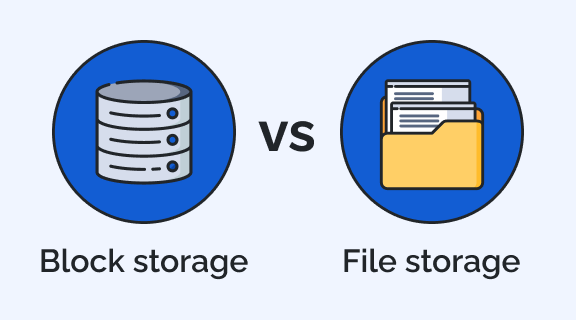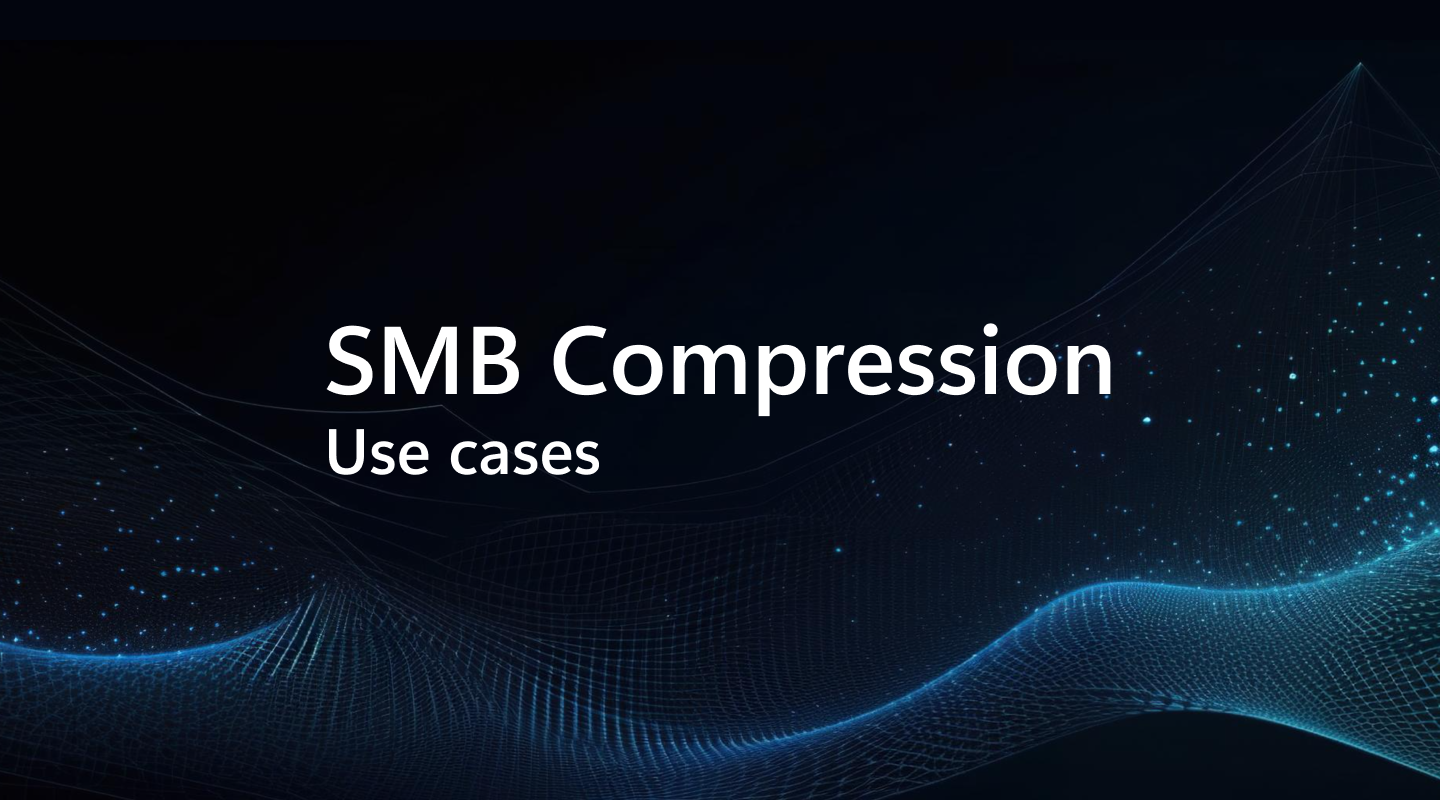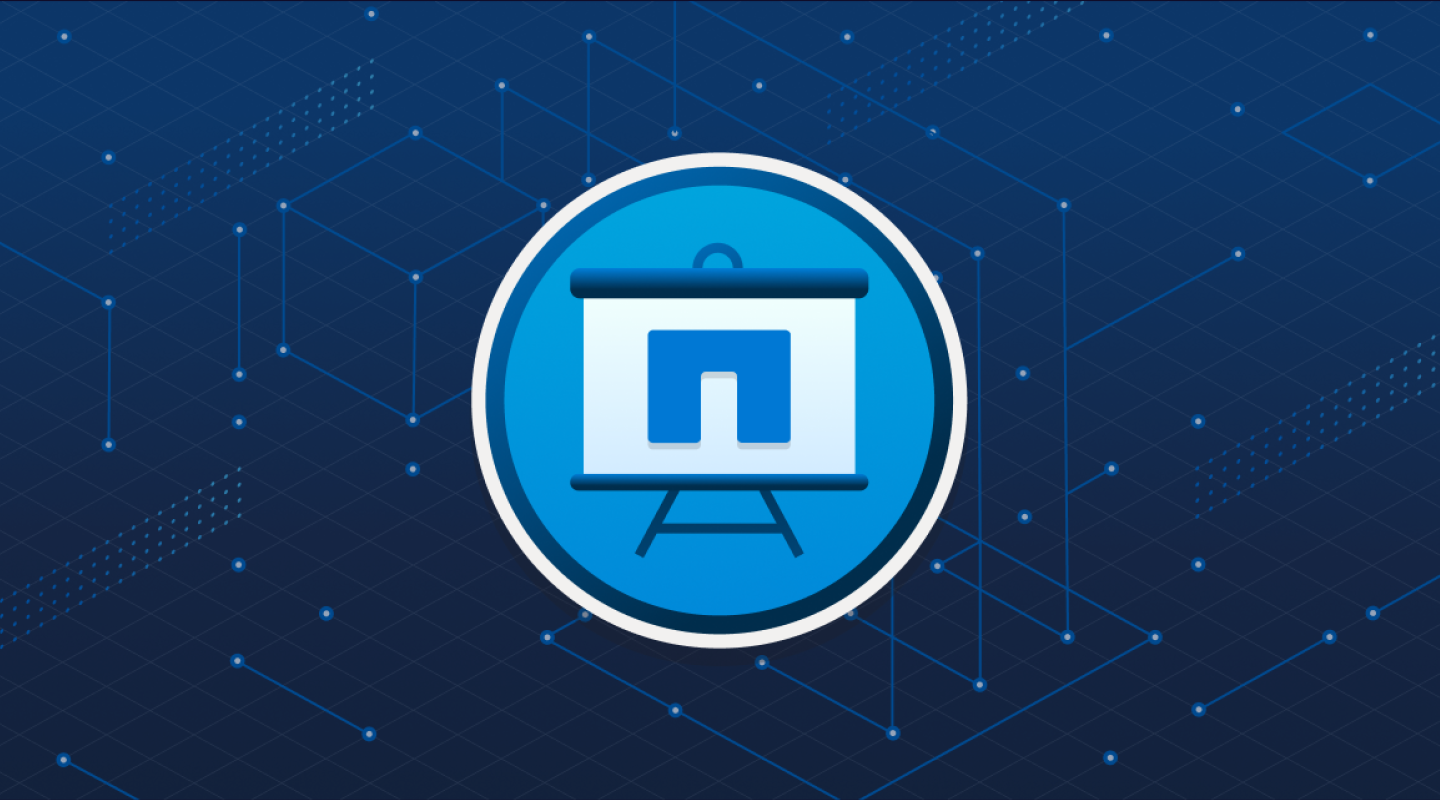The previous comparison of file and block VM storage focused specifically on the SMB, NFS, iSCSI, and NVMe-oF protocols. Now, it’s time to compare these storage types in the context of Microsoft’s Hyper-V environment!

The previous comparison of file and block VM storage focused specifically on the SMB, NFS, iSCSI, and NVMe-oF protocols. Now, it’s time to compare these storage types in the context of Microsoft’s Hyper-V environment!

The Server Message Block (SMB) protocol has been used by Windows Server (WS) and Windows OS for quite a while now. However, its compression issues were resolved and integrated by Microsoft only in 2020. SMB compression allows saving on storage and time required to transfer and store the shared files. It also has various use cases, each having its own nuances.

Azure NetApp Files is akin to cloud-based shared storage for performance-intensive and latency-sensitive applications. It leverages both SMB and NFS protocols, so it’s applicable for both Windows and Linux. The service is designed to migrate and run your most demanding, complex, file-based applications in the cloud with no code change.

In Part 1 we focused on overall information on SMB over QUIC and how to make the necessary preparations for all to function well. Today, we’ll focus on the technicalities. It will be somewhat a tedious process but we’ve laid out everything in minute detail, so you don’t have to break your neck trying to figure it all out 😉

Previously, we discussed how Windows Server 2022 is continuing to push the QUIC networking transport protocol on top of UDP. In this article, we’ll focus on SMB storage protocol over QUIC, how it prevents server spoofing, how it’s integrated into the client and the server, how to prepare for its work, and other related topics.

This post addresses Hyper-V live migration – the topic which any admin faces with at some point. In my salad days of working as an admin, Hyper-V live migration was a saving grace, so I decided to write an article about it.
Live migration is Hyper-V feature for moving non-disruptively a VM from one host to another. Users love this feature for flexibility and absence of downtime. You can easily migrate a VM from one host to another and it neither idles nor has to be shut down. On top of that, live migration, when paired with failover clustering, allows building highly available and fault-tolerant systems. Well, that’s why these technologies always come hand in hand.
In this article, I want to cover some live migration and migration wizard settings that ensure maximum performance of this process.

Do you know that not every solution requires high available storage? Sometimes there is a need in functionality that gives us the option not to leverage any OS caching. Precisely this UseWriteThrough option you can find in the New-SBMMapping commandlet in Windows Server 2019. It allows a user to disable caching with SMB mappings in certain scenarios thus giving a possibility to prefer reliability over performance in non-continuously available file share scenarios. So, always check “paper proof of concepts” and find the best options for your IT infrastructure and business development!

Does low latency, high throughput & CPU offloading require RDMA? What? Blasphemy, how dare we even question this? In my defense, I’m not questioning anything. I am merely being curious. I’m the inquisitive kind. The need for RDMA is the premise that we have been working with ever since RDMA became available outside of HPC InfiniBand fabrics. For us working in the Windows ecosystem this was with SMB Direct. Windows Server 2012 was the OS version that introduced us to SMB Direct, which leverages RDMA.

The RDMA wars in regards to SMB Direct: RoCE versus iWarp.

What is RDMA and why do we like it.
